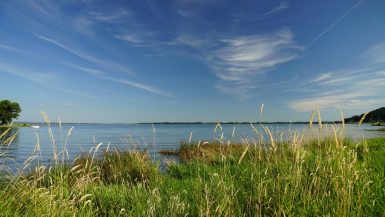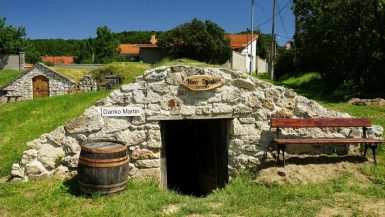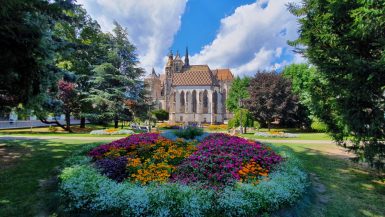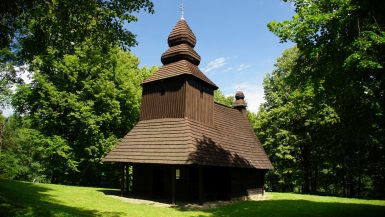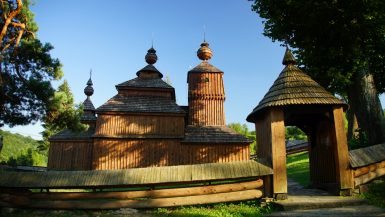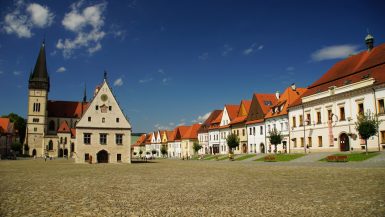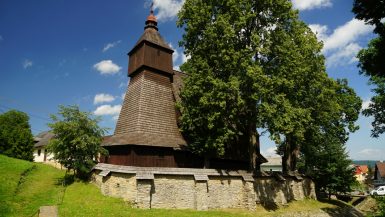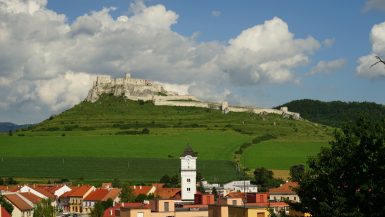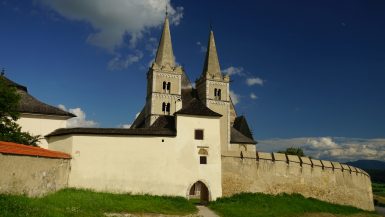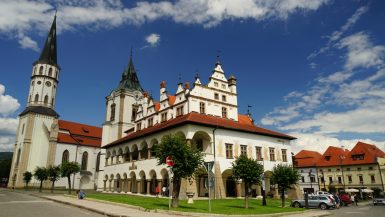Slovakia
35 articles
Right in the heart of Europe, Slovakia is a land of castles and mountains, occasionally punctuated by industrial sprawl. More than a quarter-century after Czechoslovakia’s break-up, Slovakia has emerged as a self-assured, independent nation. Capital city Bratislava draws visitors to its resplendent old town and tankard-clanking drinking culture. But Slovakia shines brightest for lovers of the outdoors. Walking trails in the High Tatras wend through landscapes of unearthly beauty, with mirror-still glacier lakes backed by 2000m peaks.
